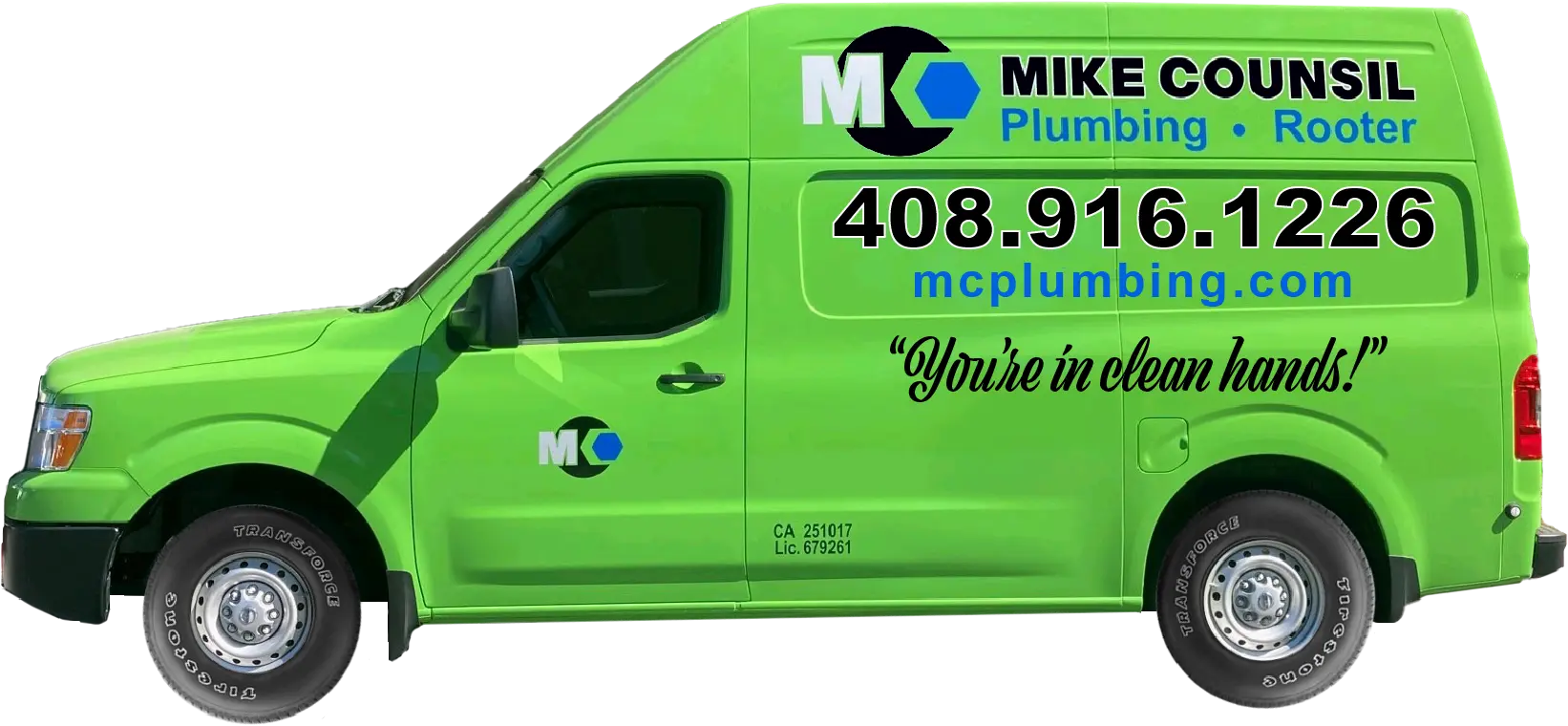When you think of your home’s most important plumbing fixtures and appliances, the sump pump might not be top of mind—but maybe it should. After all, this device helps prevent flooding and water damage on the lowest level of your home. Learn how a sump pump works to help you understand why this hardworking equipment is so important.
How Does a Sump Pump Operate?
Sump pumps are simple machines designed to pump out rising groundwater. They are installed in a small hole called a sump pit dug at a home’s lowest point, typically in the basement or crawlspace.
A foundation drain installed around the perimeter of the house directs groundwater to the sump pit, which may start filling up during a torrential downpour or heavy snowmelt. This activates a float arm or pressure sensor, turning on the pump. Manual sump pumps are also available that only operate when the homeowner turns them on.
The activated pump sends rising groundwater through a discharge pipe to a designated drainage area, such as a nearby storm drain, dry well, or pond. Some municipalities have building codes governing sump pump drainage locations, so be sure to follow any applicable regulations.
Most sump pumps feature a fan-like intake device called an impeller that pushes water through the discharge pipe using centrifugal force. As water rushes from the pit to fill the void, the spinning action of the impeller forces it out through the pipe. A check valve in the drainage system prevents water from flowing back into the sump pit.
Types of Sump Pumps
Sump pumps are designated as either primary or backup pumps. Every system should include one of each. Here are your options:
- Submersible pumps sit directly inside the sump pit and function while under water.
- Pedestal pumps are long, upright devices. The motor isn’t designed to get wet, so it sits above the pit, while the impeller is located at the bottom.
- Battery-operated backups supplement primary sump pumps during power outages, equipment failure, or high water inflow.
- Water-powered backups serve the same purpose as battery versions but are powered by water pressure, providing unlimited runtime in certain high-pressure conditions.
- Combination sump pumps feature a primary pump and a built-in backup, avoiding the need to purchase both separately.
Sump Pump Installation in the San Jose Area
Sump pumps are ideal for climates with heavy rainfall, rapid snowmelt, or high water tables. Most new homes come equipped with these useful machines, especially if they’re built in an area with a history of flooding. You can also retrofit your existing home to include one.
To find out which type of sump pump is right for you, reach out to Mike Counsil Plumbing. We provide the best plumbing services in San Jose and the surrounding South Bay area, with experts on staff to help you find the quickest, most cost-effective solutions to your plumbing problems. For more information, please call us at 408-916-1226 or contact us online today.
Contact Mike Counsil Plumbing and Rooter in San Jose for 24/7 Plumbing
As a Family owned and operated company we service all plumbing needs in San Jose, California and the South Bay.


